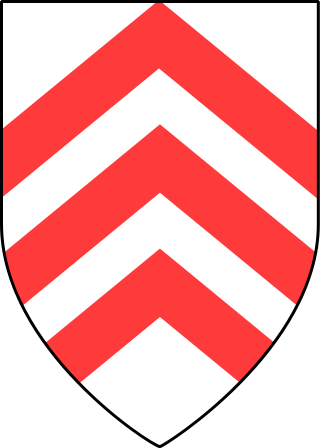
The 6th Infantry Division was a unit of the German Army during World War II.
The 719th Infantry Division was a German Army division of World War II.

The siege of Dunkirk in World War II began in September 1944, when Allied units of the Second Canadian Division surrounded the fortified city and port of Dunkirk. The siege lasted until after the official end of the war in Europe. German units within the fortress withstood probing attacks and as the opening of the port of Antwerp was more important, the 21st Army Group commander, Field Marshal Bernard Montgomery, decided to contain but not capture Dunkirk with the 1st Czechoslovak Armoured Brigade. The fortress, commanded by Admiral Friedrich Frisius, eventually surrendered unconditionally to Brigadier General Alois Liška, the commander of the Czechoslovak brigade group, on 9 May 1945, a day after the surrender of Nazi Germany took effect.

The 45th Infantry Division was an infantry division of the army of Nazi Germany during World War II. Towards the end of the war, the division was reassembled into a second iteration, the 45th Volksgrenadier Division

The 81st Infantry Division was an infantry division of the German Army during World War II. It was active from 1939 until 1945 and served primarily on the Eastern Front.

The 75th Infantry Division was a German infantry division in World War II. It was formed on 26 August 1939.

The 256th Infantry Division was a German infantry division in World War II. They formed on August 1939 as part of the 4. Welle (wave). The division was destroyed at Vitebsk in June 1944 during Operation Bagration. The remnants of the division formed Divisions-Gruppe 256 which was assigned to Korpsabteilung H.
The 59th Infantry Division(German: 59. Infanteriedivision) was a military division of the Wehrmacht during World War II.
The 89th Infantry Division was an infantry division of the German Heer during World War II.
The 180th Infantry Division was an infantry division of the German Heer during World War II. The unit, at times designated Commander of Reserve Troops X/II, 180th Division, Division No. 180, and Operation Division No. 180, was active between 1939 and 1945.
The 182nd Infantry Division was an infantry division of the German Heer during World War II. The unit, at times designated Commander of Reserve Troops XII/II, 182nd Division, Division No. 182, 182nd Replacement Division, Division Nancy,Division Gümbel, Division Karl, and 182nd Reserve Division, was active between 1939 and 1945.
The 196th Infantry Division was an infantry division of the German Heer during World War II.
The 253rd Infantry Division was an infantry division of the German Heer during World War II.
The 254th Infantry Division was an infantry division of the German Heer during World War II.
The 265th Infantry Division was an infantry division of the German Heer during World War II.
The 270th Infantry Division was an infantry division of the German Heer during World War II.
The 271st Infantry Division was an infantry division of the German Heer during World War II.
The 274th Infantry Division was an infantry division of the German Heer during World War II.
The 544th Volksgrenadier Division was a Volksgrenadier-type infantry division of the German Wehrmacht during World War II. It was active from July 1944 to May 1945. In the first two months of service, the division was designated 544th Grenadier Division.
The 330th Infantry Division was an infantry division of the German army during World War II. It was active between 1941 and 1943.





